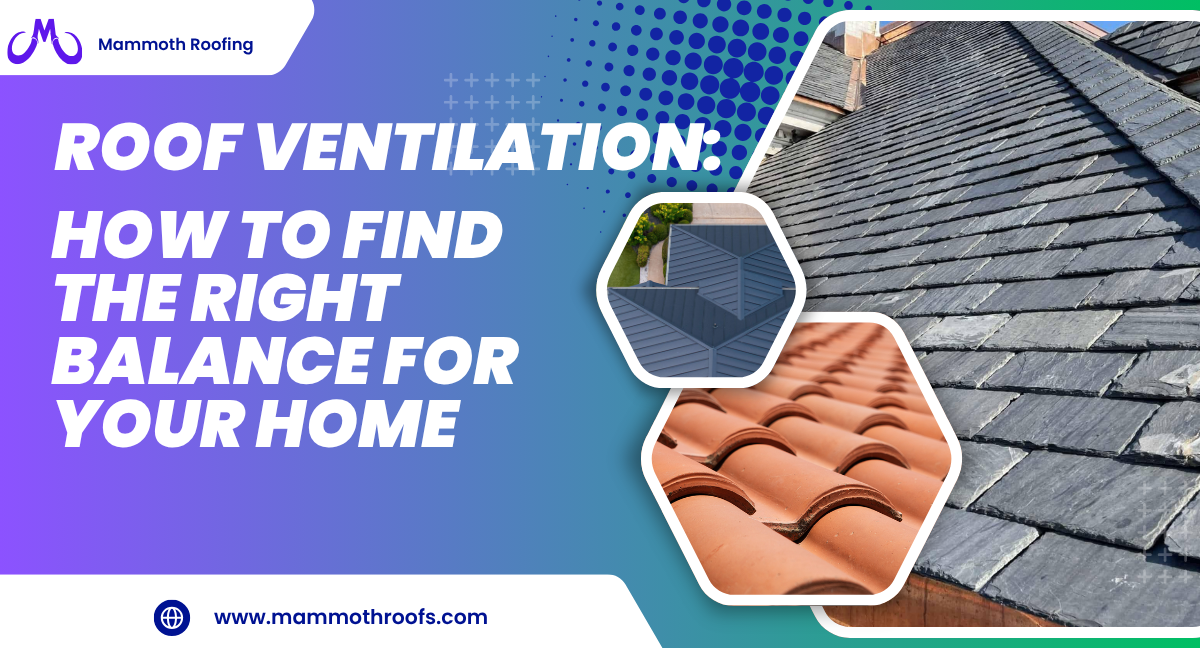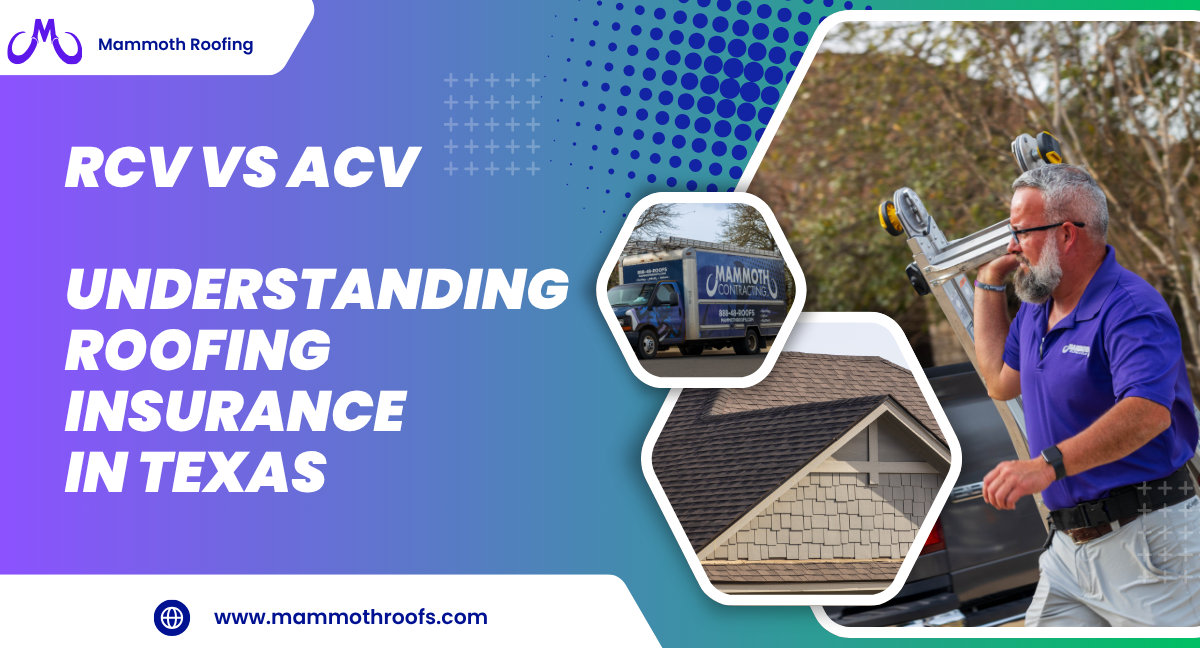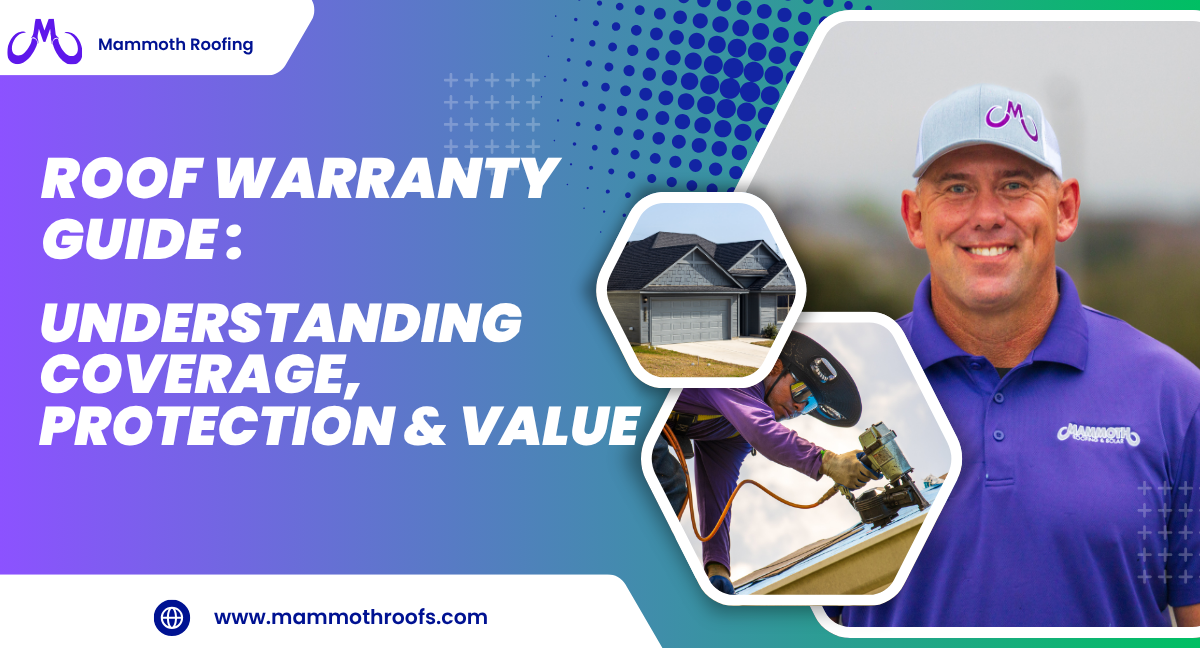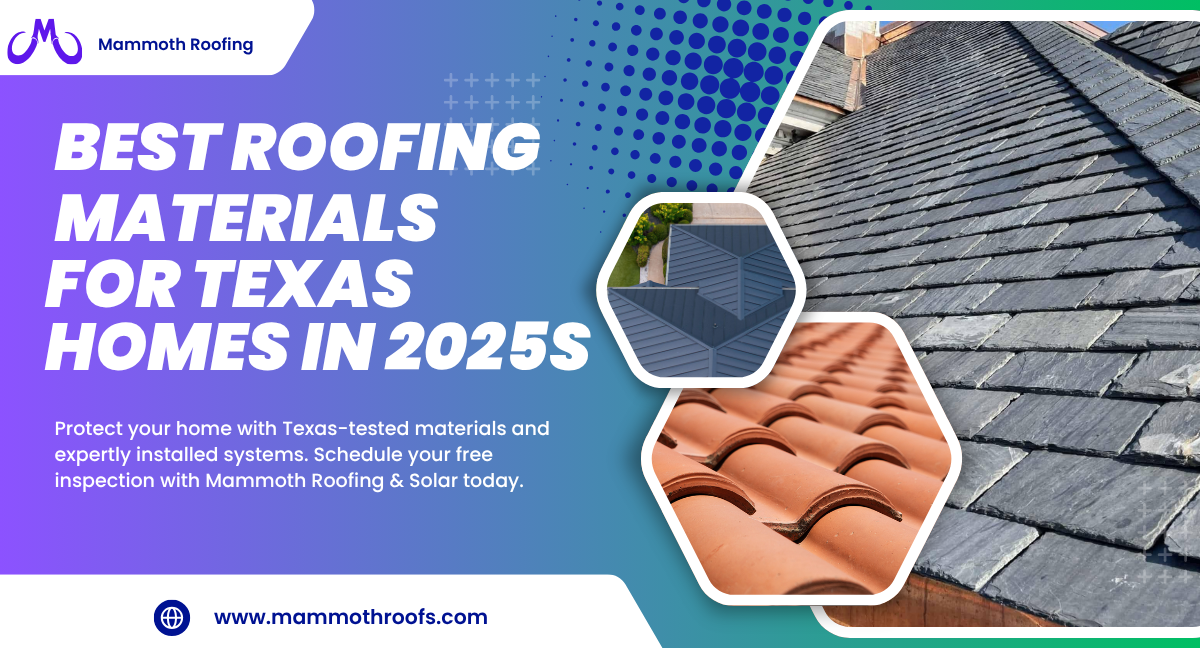Table of Contents
ToggleShould I Replace My Roof Before It Leaks?

Do I Really Need to Replace My Roof If It’s Not Leaking?
Many homeowners wonder, “If my roof isn’t leaking, do I really need to replace it?” The answer depends on several factors, including insurance policies, long-term cost savings, weather risks, energy efficiency, and structural integrity. While waiting might seem like a good idea, proactive roof replacement can help you avoid costly surprises and protect your home for years to come.
Insurance Deadlines Matter
Most insurance companies allow 6 months to 1 year to file a claim and replace a roof. Some, like State Farm and USAA, may extend this to 2 years, but a 1-year limit is standard.
Waiting too long and missing the deadline could mean losing out on depreciation coverage, leaving you with higher out-of-pocket costs and potentially being denied coverage altogether. It is essential to review your policy and consult your insurance representative to avoid missing important deadlines that could affect your ability to get reimbursed.
Source: Roofing Contractors Association of Texas (RCAT)
Why You Shouldn’t Wait for a Leak
A leaking roof usually means bigger problems already exist. Delaying replacement can lead to:
Structural damage that weakens your home’s foundation and walls
Mold and mildew that pose potential health risks to your family
Wood rot, which is typically not covered by insurance
Higher energy bills due to poor insulation and air leaks
Once water enters your home, it can spread far beyond the initial point of intrusion. Water damage can travel through insulation, drywall, and framing materials, causing extensive damage and leading to expensive repairs. Identifying and replacing a compromised roof before leaks develop can prevent widespread deterioration.
Source: National Roofing Contractors Association (NRCA)
Storm Season and Roof Replacement
Should you wait until after storm season? Some homeowners believe it is safer to delay roof work until the weather is calmer. However, the facts show that waiting is not always the best strategy:
Severe hailstorms hitting the same area twice in one season are rare
A new roof is more resilient than an aging or storm-damaged one
Many companies offer free Class 4 impact-resistant shingle upgrades that withstand hail up to 2 inches
Replacing your roof before storm season increases the chances that your home will weather the season with minimal or no damage at all. A newer, stronger roof can also reduce the likelihood of emergency repairs during peak demand times when contractor availability is low.
Source: Insurance Information Institute (III)
Does Replacing Before Storm Season Make Sense?
Yes. Even if a storm damages your newly installed roof, insurance often covers 100 percent of the cost. Since depreciation is not deducted on brand-new roofs, your second replacement should have no out-of-pocket costs other than your deductible.
Modern roofing materials are designed to withstand harsh weather conditions and often come with extended warranties. In some cases, manufacturers may also provide warranties that cover hail damage when impact-resistant shingles are used. This provides further peace of mind and financial protection.
Source: Federal Emergency Management Agency (FEMA)
Best Time to Replace Your Roof
Timing matters when scheduling a roof replacement. The best times of year include:
Spring and summer: These warmer months provide ideal conditions for roofing materials to properly seal and adhere
Fall: Ensures your roof is secure before winter storms and temperature drops
Winter: Generally avoided due to cold temperatures, which can cause asphalt shingles to become brittle and difficult to install
Planning your roof replacement during the optimal season ensures better performance, smoother installation, and fewer weather delays.
Source: International Building Code (IBC)
Energy Efficiency and Utility Savings
A new roof does more than protect your home. It also improves energy efficiency. Modern roofing systems include advanced underlayment, better ventilation, and reflective materials that help regulate indoor temperatures year-round.
Reduced attic temperatures during the summer can lower cooling costs
Improved insulation performance can reduce heating bills in the winter
Proper ventilation extends the life of the roof and improves indoor air quality
These savings can add up quickly, making roof replacement a smart investment for long-term efficiency.
Source: U.S. Department of Energy
Long-Term Financial Benefits of Proactive Replacement
Many homeowners believe delaying replacement saves money, but acting early can actually be more cost-effective. Here’s why:
Increased home value with improved curb appeal and resale value
Lower insurance premiums when installing impact-resistant materials
Improved energy efficiency through better insulation and ventilation
Avoidance of major repairs from water damage or structural compromise
Peace of mind knowing you are protected from unexpected leaks and insurance claim denials
Replacing a roof proactively can also serve as a selling point for potential buyers, showing that your home has been well-maintained.
Final Thoughts
Replacing your roof before leaks appear can save you thousands in repair costs, preserve your insurance coverage, and improve your home’s energy performance. If insurance is covering your roof, act before the deadline to avoid unnecessary expenses and ensure full coverage.
Call Mammoth Roofing & Solar today for a free roof inspection and expert guidance on the best replacement plan for your home.







